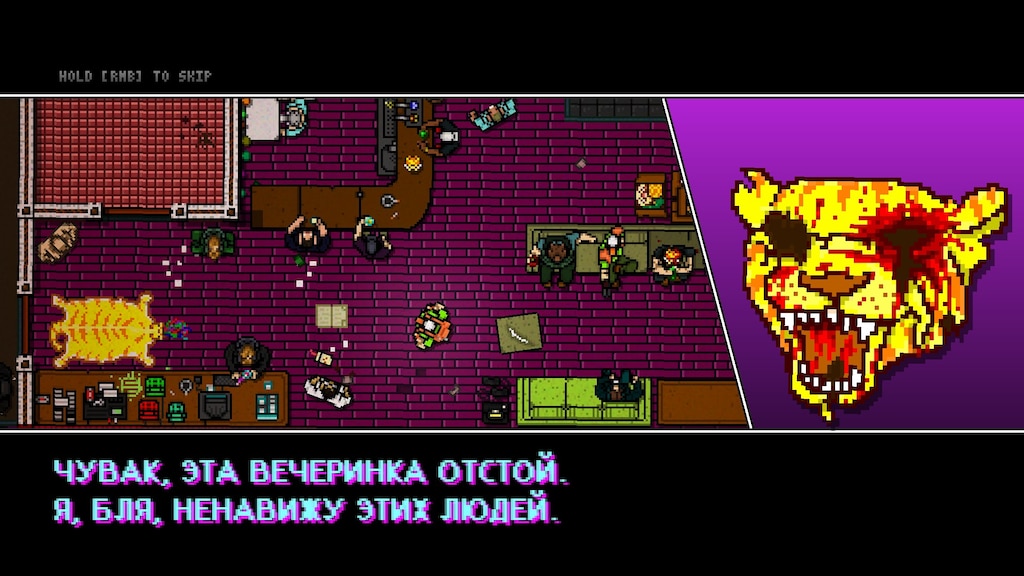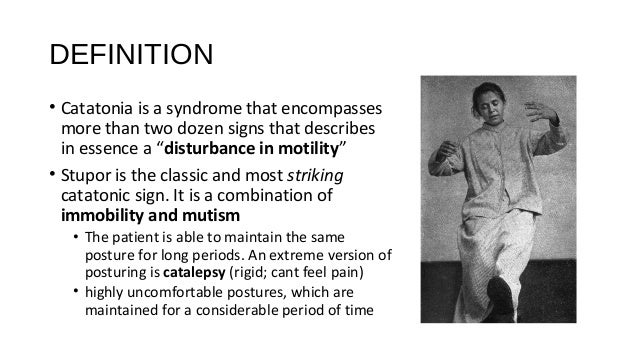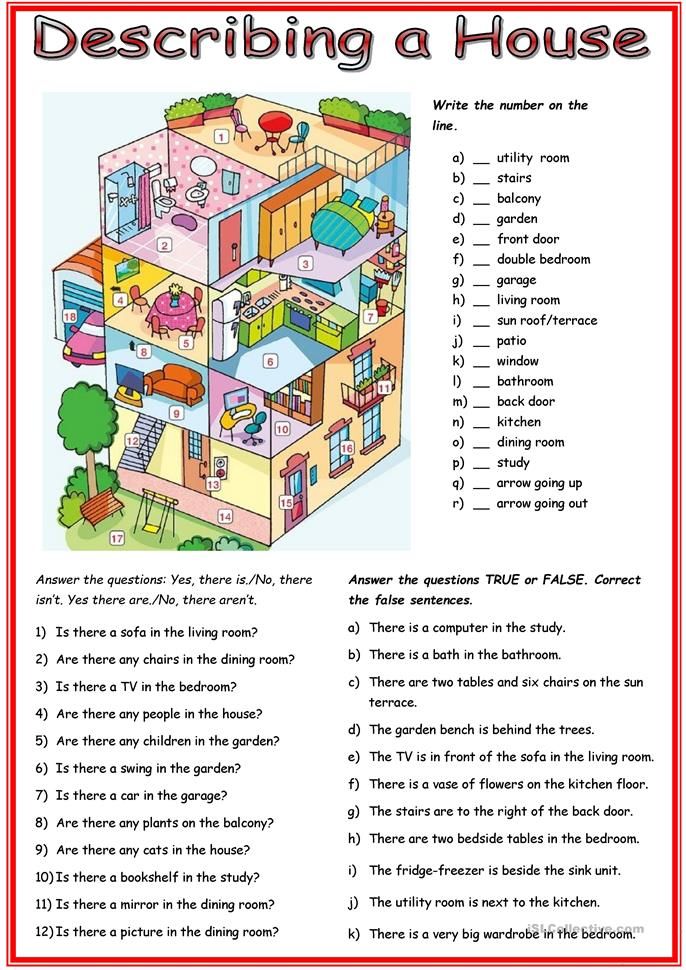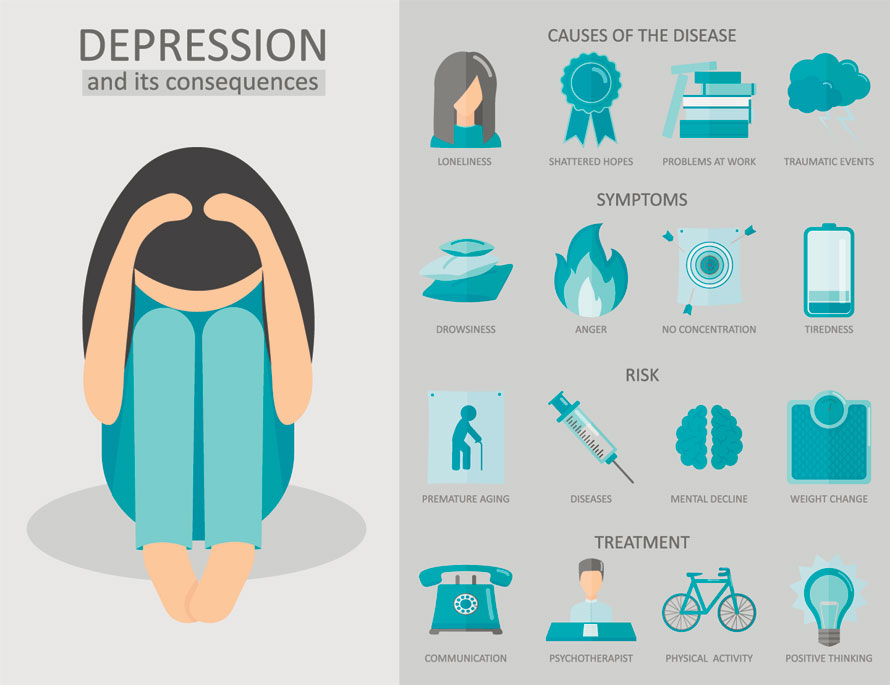Letting go of childhood pain
Trauma Therapy: When Emotional Pain from Your Childhood Won’t Let Go
Everyone has some kind of emotional pain in their lives. For those who experienced trauma in childhood, that pain can be difficult to let go. This is especially true if the trauma has not been addressed in therapy, as emotional pain can continue well into adulthood. However, there are ways that the trauma can be addressed and resolved.
There Are Lots of Ways to Develop Emotional PainThere are many ways that one can develop trauma from emotionally painful experiences. With children, trauma may result and linger due to physical or sexual abuse. However, there are a variety of other ways that someone can develop trauma too. For instance:
- The death of a loved one, such as from an accident or illness.
- Witnessing or being the subject of a violent act.
- Witnessing or being subjected to an accident (such as a car wreck).
- Experiencing a loss, such as through adoption or divorce.
- Being neglected as a child.
According to Dr. George Northoff in Psychology Today, people who experienced childhood trauma were more likely to experience higher degrees of entropy in the brain as adults. Entropy measures the brain’s activity when at a resting state. The trauma becomes “encoded” into the structure of the brain. This means that the traumatic experiences cannot be simply “forgotten.” They must be processed by the individual through a therapeutic process.
Trauma and Substance AbuseThe National Institutes of Health (NIH) conducted studies on those who have experienced trauma in childhood. Their findings show that people who have had childhood trauma are more likely to abuse substances such as alcohol or drugs as adults. Some of the findings included the following:
- 70% of women who are being treated for alcohol abuse experienced sexual abuse as a child.
 Men may suffer less from sexual abuse as children, but report a higher rate of physical abuse.
Men may suffer less from sexual abuse as children, but report a higher rate of physical abuse.
- Men were more likely to have participated in “suicidal drinking” binges.
- Men who were abused as children and seek out substance abuse treatment as adults, are more likely to relapse.
- People who struggled with alcohol use and endured childhood trauma were more likely to struggle with post-traumatic stress disorder (PTSD) as adults.
What this means for those struggling with childhood trauma is that the use of drugs or alcohol can make things worse, and needs to be addressed in order to also address trauma.
How Can I Find Relief From Trauma?Experiencing pain of childhood trauma does not mean that you must live with it for the rest of your life. The Veterans Administration uses the following trauma therapy to treat patients. These include:
- Cognitive Behavioral Therapy (CBT) sessions to process past experiences and to better understand why you have the trauma.

- Medication, in consultation with your therapist and physician, can aid in the reduction of symptoms, but is most effective when combined with other techniques such as CBT.
- Eye-Movement-Desensitization and Reprocessing (EMDR), where you use an external stimulus to reprocess past events and memories.
- Group therapy with others who have been through traumatic events.
- Exposure to sights, sounds, smells, and other stimuli that may trigger an emotional reaction and can then be processed by you and your therapist. This is also called Exposure Therapy.
Emotional pain from your childhood does not have to haunt you as an adult. By workingwith a therapist, you can identify your past trauma, address coexisting symptoms such as substance abuse, and use therapeutic techniques to process and resolve your trauma. You can’t make the trauma go away, but you can let go of the emotional pain from childhood that results.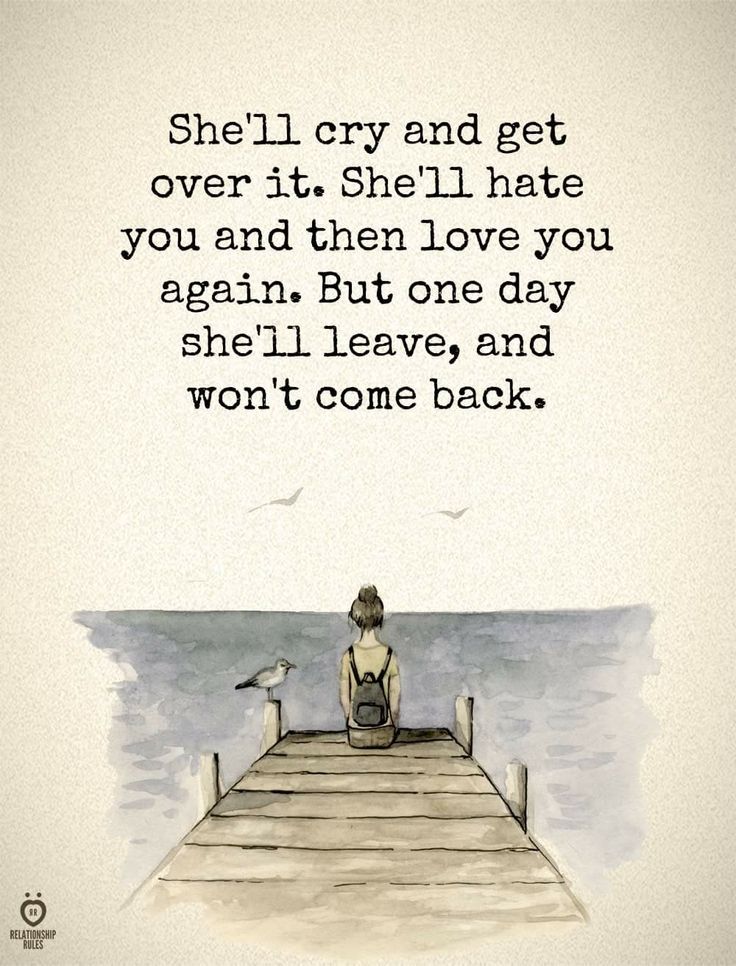
Post Views: 1,054
12 Tips for Letting Go of the Past
One thing that connects us as human beings is our ability to feel pain. Whether that pain is physical or emotional, we all have experiences of being hurt. What separates us though, is how we deal with that pain.
Experts have found that when emotional pain prevents you from healing from a situation, it’s a sign that we aren’t moving forward in a growth-oriented way.
One of the best ways to heal from hurts is to learn lessons from the situation and use those to focus on growth and forward momentum. If we get stuck in thinking about what “should have been,” we can become immobilized in painful feelings and memories.
If you’re trying to move forward from a painful experience, but you’re not sure how to get started, here are 12 tips to help you let go.
1. Create a positive mantra to counter the painful thoughts
How you talk to yourself can either move you forward or keep you stuck.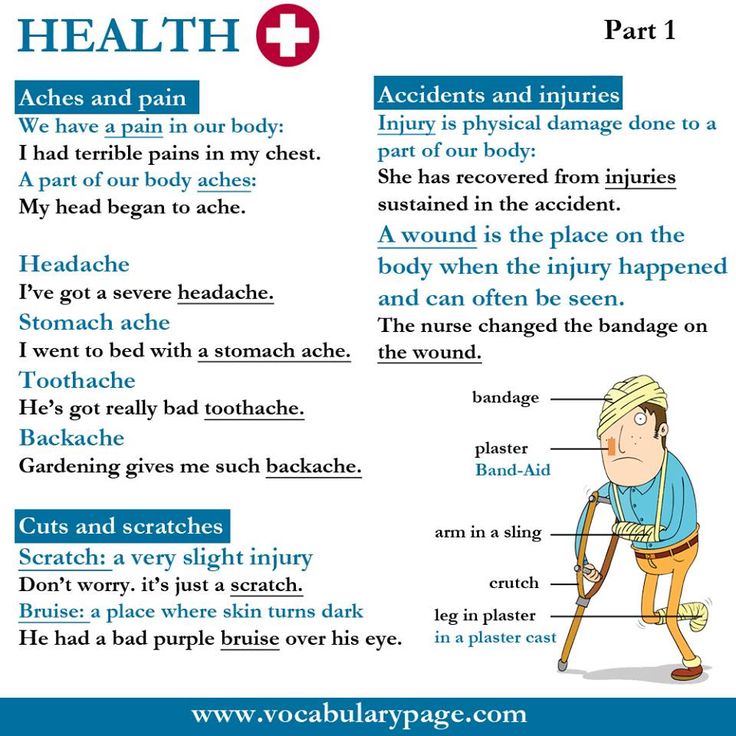 Often, having a mantra that you tell yourself in times of emotional pain can help you reframe your thoughts.
Often, having a mantra that you tell yourself in times of emotional pain can help you reframe your thoughts.
For example, says clinical psychologist Carla Manly, PhD, instead of getting stuck in, “I can’t believe this happened to me!” try a positive mantra such as, “I am fortunate to be able to find a new path in life — one that is good for me.”
2. Create physical distance
It’s not uncommon to hear someone say that you should distance yourself from the person or situation that is causing you to be upset.
According to clinical psychologist Ramani Durvasula, PhD, that’s not such a bad idea. “Creating physical or psychological distance between ourselves and the person or situation can help with letting go for the simple reason that we are not having to think about it, process it, or being reminded of it as much,” she explains.
3. Do your own work
Focusing on yourself is important. You have to make the choice to address the hurt that you’ve experienced.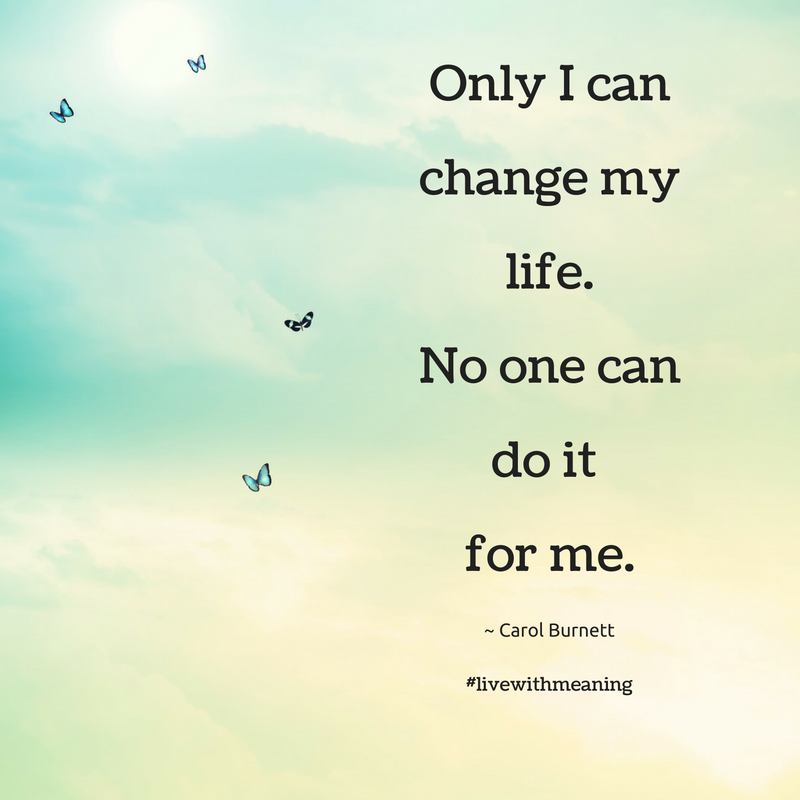 When you think about a person who caused you pain, bring yourself back to the present. Then, focus on something that you’re grateful for.
When you think about a person who caused you pain, bring yourself back to the present. Then, focus on something that you’re grateful for.
4. Practice mindfulness
The more we can bring our focus to the present moment, says Lisa Olivera, a licensed marriage and family therapist, the less impact our past or future has on us.
“When we start practicing being present, our hurts have less control over us, and we have more freedom to choose how we want to respond to our lives,” she adds.
Online meditation options
Read our review of the best online meditation options to find the right fit for you.
5. Be gentle with yourself
If your first response to not being able to let go of a painful situation is to criticize yourself, it’s time to show yourself some kindness and compassion.
Olivera says this looks like treating ourselves like we would treat a friend, offering ourselves self-compassion, and avoiding comparisons between our journey and those of others.
“Hurt is inevitable, and we may not be able to able to avoid pain; however, we can choose to treat ourselves kindly and lovingly when it comes,” Olivera explains.
6. Allow the negative emotions to flow
If you’re fear of feeling negative emotions is causing you to avoid them, don’t worry, you’re not alone. In fact, Durvasula says that many times, people are afraid of feelings such as grief, anger, disappointment, or sadness.
Rather than feeling them, people just try to shut them out, which can disrupt the process of letting go. “These negative emotions are like riptides,” explains Durvasula. “Let them flow out of you… It may require mental health intervention, but fighting them can leave you stuck,” she adds.
7. Accept that the other person may not apologize
Waiting for an apology from the person who hurt you will slow down the process of letting go. If you’re experiencing hurt and pain, it’s important you take care of your own healing, which may mean accepting that the person who hurt you isn’t going to apologize.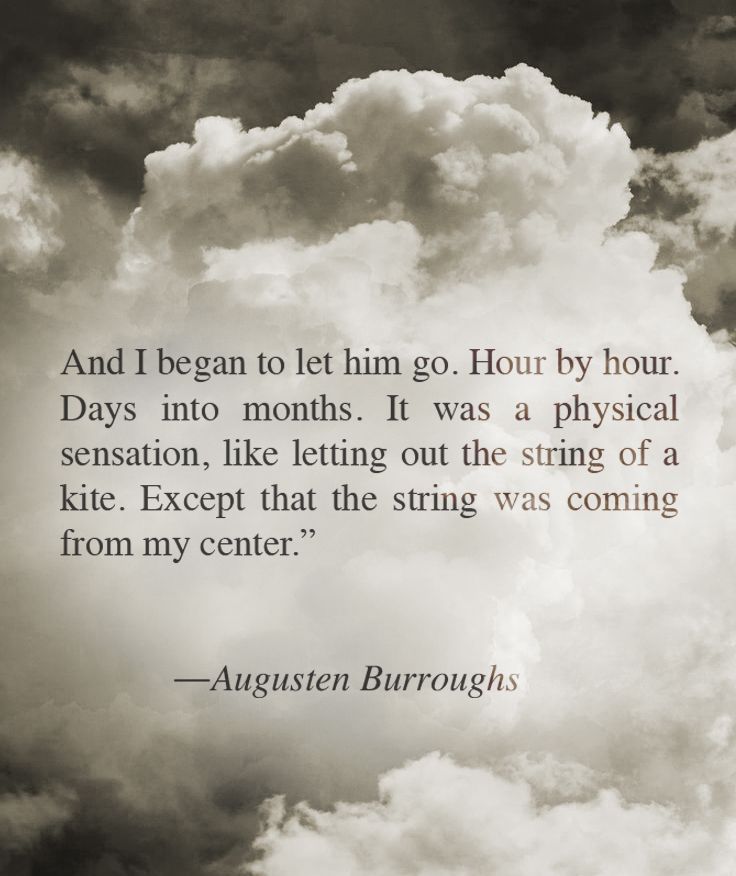
8. Engage in self-care
When we are hurting, it often feels like there is nothing but hurt. Olivera says practicing self-care can look like setting boundaries, saying no, doing the things that bring us joy and comfort, and listening to our own needs first.
“The more we can implement self-care into our daily lives, the more empowered we are. From that space, our hurts don’t feel as overwhelming,” she adds.
9. Surround yourself with people who fill you up
This simple yet powerful tip can help carry you through a lot of hurt.
We can’t do life alone, and we can’t expect ourselves to get through our hurts alone, either, explains Manly. “Allowing ourselves to lean on loved ones and their support is such a wonderful way of not only limiting isolation but of reminding us of the good that is in our lives.”
10. Give yourself permission to talk about it
When you’re dealing with painful feelings or a situation that hurt you, it’s important to give yourself permission to talk about it.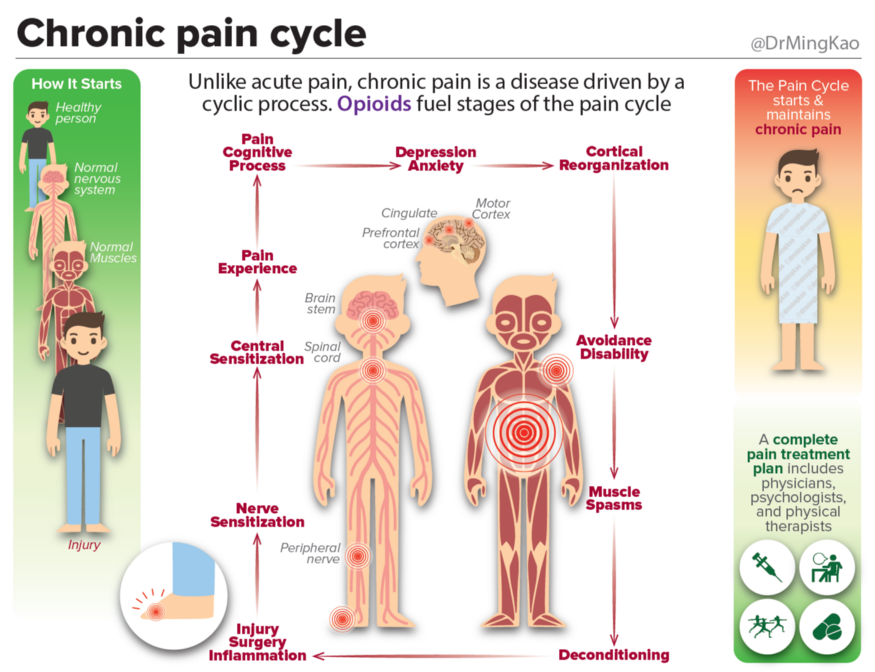
Durvasula says sometimes people can’t let go because they feel they aren’t allowed to talk about it. “This may be because the people around them no longer want to hear about it or [the person is] embarrassed or ashamed to keep talking about it,” she explains.
But talking it out is important. That’s why Durvasula recommends finding a friend or therapist who is patient and accepting as well as willing to be your sounding board.
11. Give yourself permission to forgive
Since waiting for the other person to apologize can stall the process of letting go, you may have to work on your own forgiveness.
Forgiveness is vital to the healing process because it allows you to let go of anger, guilt, shame, sadness, or any other feeling you may be experiencing and move on.
12. Seek professional help
If you’re struggling to let go of a painful experience, you may benefit from talking to a professional. Sometimes it’s difficult to implement these tips on your own, and you need an experienced professional to help guide you through the process.
Online therapy options
Read our review of the best online therapy options to find the right fit for you.
To let go of past hurts, you need to make the conscious decision to take control of the situation. However, this can take time and practice. Be kind to yourself as your practice refocusing how you see the situation, and celebrate the small victories you have.
Scarlet fever: prevention, symptoms and treatment
June 26, 2019
Children's polyclinic No. 23 hosted a lecture on the topic: "Scarlet fever in children". It was held by the head of the department Ksenia Batrak. The lecture discussed symptoms, treatment and preventive measures.
Scarlet fever is an acute infectious disease characterized by a combination of tonsillitis and punctate skin rash. The duration of the incubation period is from 1 to 10 days.
Symptoms
· A sharp increase in temperature,
· Headache and total weakness
· Tachycardia,
rash and others.
The latent period of scarlet fever lasts from 3 to 7 days. The disease begins acutely with a sharp violation of the child's well-being: he becomes lethargic, drowsy, complains of severe headache and chills. Body temperature quickly reaches high numbers (38-40 ° C, depending on the severity of the disease). Often in the initial period of the disease, nausea and vomiting are noted. However, it should be noted that today scarlet fever in children, as in adulthood, can occur against the background of subfebrile temperature up to 37 ° C. nine0003
With scarlet fever, after a few hours, a specific rash appears on the skin in children in the form of small bright pink dots on reddened skin. The rash is more pronounced on the face, lateral surfaces of the body and in places of natural skin folds (inguinal, axillary, gluteal). A characteristic feature of scarlet fever is a sharp contrast between bright red "flaming" cheeks and a pale nasolabial triangle, on the skin of which there are no elements of a rash. The appearance of the child also attracts attention: in addition to the color contrast, his face is puffy, his eyes are feverishly shining. nine0003
The appearance of the child also attracts attention: in addition to the color contrast, his face is puffy, his eyes are feverishly shining. nine0003
Treatment
Most often, treatment is carried out at home. The sick child is isolated. In severe infections, hospitalization is indicated for a period of at least 10 days. Then for 12 days the child must be at home, he should not be allowed into the children's team. During treatment, the child must observe bed rest and eat right. Preference is given to mashed easily digestible food, steamed or boiled. It should be consumed in small portions, at least 4 times a day. Doctors recommend sticking to the therapeutic diet No. 13 according to Pevzner, and after two weeks - diet No. 7. It is also necessary to observe the drinking regimen. nine0003
Prevention of scarlet fever
Avoid contact with a carrier of the disease,
Strengthen the child's immune system,
Maintain good personal hygiene.
If there is an outbreak in the children's group, quarantine is imposed for a week. During this period, adults and children who have been in contact with the patient are examined daily. Children who have been in contact with a patient with scarlet fever are not allowed to enter kindergarten or the first two grades of school for 7 days. nine0003
During this period, adults and children who have been in contact with the patient are examined daily. Children who have been in contact with a patient with scarlet fever are not allowed to enter kindergarten or the first two grades of school for 7 days. nine0003
If there is a child with scarlet fever in the family, the following rules must be observed:
the child must be kept in a separate room,
the child must be cleaned daily using a chloramine solution,
only one member of the family can care for the sick person, who should minimize contact with other people,
the patient should use separate dishes and personal hygiene items; his underwear and clothes should also be washed separately, with disinfectants or boiled, and ironed on both sides. nine0003
Toys that the child has played with should be washed thoroughly with a disinfectant solution and rinsed under running water. Soft toys should be washed or discarded altogether.
After recovery for a month, the child must be under the supervision of a doctor. Then conduct a control analysis of blood and urine. In the absence of pathogenic bacteria in the body, the patient is removed from the dispensary.
Then conduct a control analysis of blood and urine. In the absence of pathogenic bacteria in the body, the patient is removed from the dispensary.
Children with scarlet fever should not attend childcare facilities. nine0008
Seek medical attention if symptoms occur.
Address: 62 Bolshoy Sampsonievsky pr.
First of all, we note that the wording of this question itself is incorrect, although it is in this wording that people often ask it when a toothache makes itself felt. Let's give a more correct form of the question: "How to relieve a toothache while I'm on my way to the doctor?". The difference is certainly noticeable and obvious. This will be discussed further in this article, but for now we will try to answer the question in its “corrected” formulation. nine0003
Painkillers
Today, this is perhaps the most common way. This is largely justified: indeed, a number of painkillers can give a good effect and alleviate the patient's condition before medical assistance is provided.
Important: do not replace treatment with just getting rid of pain!
There is one more nuance regarding this item. There are widespread opinions about how you can "improve" the intake of drugs - "crush", "attach to a sore tooth", and so on. On this account, the answer will be short and unequivocal: the drug can be used exactly and only as indicated in its instructions. "Free variations" can adversely affect health. nine0003
Which drug should I choose? In theory, this question should also be asked to the doctor. If you have just made an appointment, call the clinic to find out what can be done before medical assistance is provided.
As a last resort, ask the pharmacist to describe the pain (this option is worse than the previous one), but do not "experiment on yourself." It often happens that a person has taken one pill, waiting for the effect, but does not get the expected result. Then he takes another pill (including the option “another pill of another drug”). Again the pain does not subside. The third pill (and the third drug) is used, and so on... Such an intake of painkillers should be excluded. nine0003
Again the pain does not subside. The third pill (and the third drug) is used, and so on... Such an intake of painkillers should be excluded. nine0003
At the doctor's appointment, tell us which medication you took before visiting the clinic.
Rinsing
Soda solution. This remedy is quite popular and is often recommended as a "folk" way to relieve pain. The recipe is quite simple: one teaspoon of soda to a glass of warm water. Sometimes a couple of drops of iodine are added to the solution.
An alcoholic solution, often involving the use of vodka. Such rinsing can be disinfectant in nature with a mild analgesic effect. This rinse should not be abused, as alcohol has an irritating effect on the mucous membrane. The use on the principle of "inward" in order to achieve an analgesic effect should be excluded. nine0003
Herbal infusions . There are many such recipes. The use of most of them is expedient and acceptable. One “but”: such rinses should accompany the ongoing treatment, and not replace it.

